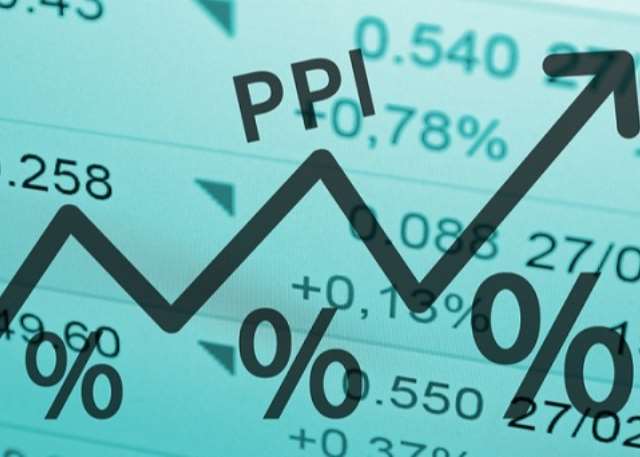
The Ghana Statistical Service (GSS) has announced a decline in the year-on-year Producer Price Inflation (PPI) rate to 24.4% for March 2025, down from 27.6% recorded in February. This marks a notable slowdown in the increase in prices of goods and services at the production level, reflecting easing inflationary pressures within the economy.
The PPI measures the average changes in prices received by domestic producers over time. Month-on-month, producer inflation stood at 0.6% between February and March 2025, a significant reduction from the 1.5% recorded the previous month.
Sectoral Insights
Industry Sector
The industry sector, excluding construction, led the inflationary trends but recorded a decline from 42.9% in February 2025 to 36.3% in March. This sector remained the dominant contributor to overall producer inflation, though the 6.6 percentage point drop highlights improving price stability.
Key sub-sectoral changes include:
Mining and Quarrying: Inflation dropped sharply by 9.2 percentage points, from 44.6% in February to 35.4% in March.
Manufacturing: A contrary trend was observed here, with inflation rising by 2.0 percentage points to 22.8%.
Electricity and Gas: Inflation in this sub-sector fell from 9.7% in February to 5.1% in March, representing a 4.6 percentage point decrease.
Water Supply, Sewerage, and Waste Management: Inflation remained relatively low at 4.8%.
Construction Sector
Inflation within the construction sector continued its downward trend, recording a year-on-year rate of 15.4% in March, slightly down from 15.8% in February. The month-on-month change was minimal at 0.1%.
Sub-sector highlights include:
Construction of Buildings: Inflation decreased by 1.6 percentage points to 14.3% in March.
Specialized Construction Activities: A slight decline from 18.5% in February to 17.9% in March.
Civil Engineering: Inflation held steady at 15.7%, showing no change from the previous month.
Services Sector
The services sector experienced a modest reduction in inflation, with the year-on-year rate dropping to 7.2% in March from 7.8% in February. Month-on-month, the sector recorded a 0.2% change.
Sub-sector performances included:
Transport and Storage: Inflation fell by 2.3 percentage points to 20.4% in March.
Accommodation and Food Services: A significant drop of 6.5 percentage points was observed, bringing the rate down to 22.6% from 29.1% in February.
Information and Communication: This sub-sector maintained relatively low inflation at 4.1%.
Implications
The easing of producer price inflation suggests a deceleration in cost pressures at the production stage, which could translate into reduced consumer inflation in the coming months. However, inflationary trends across sub-sectors remain mixed, underscoring the need for targeted policy interventions to sustain economic stability.
As the economy continues to grapple with global and domestic challenges, these improvements in producer price inflation signal a positive trajectory towards price moderation and economic resilience.
Story by: Mercy Addai Turkson #ahotoronline.com




